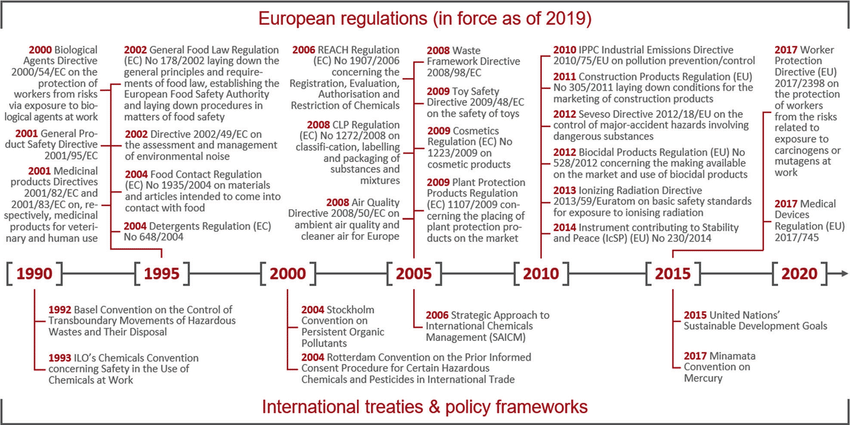Local: Introduction to Investment Strategy
Pamokos mokymosi tikslai:
- Understand Value Investing Fundamentals: Learn what value investing is and how to identify undervalued stocks based on company strength, industry positioningir long-term potential, especially in the unique economic environments of EU countries.
- Explore Sector-Based Value Opportunities: Discover how different European industries, such as automotive, luxury goods, and banking, provide value investing opportunities during market dips or economic uncertainty.
- Learn Key Financial Metrics for Value Investing: Develop an understanding of important metrics like P/E ratio, P/B ratioir dividend yield, which help determine whether a stock may be undervalued.
- Evaluate EU-Specific Investment Conditions: Understand how regulations, political changesir post-pandemic recovery in Europe affect stock prices and offer value investment opportunities during periods of volatility.
14.1 Introduction to Investment Strategy
Value investing is a popular investment strategy that involves selecting stocks that appear to be trading for less than their intrinsic or book value. In European markets, value investing strategies are often shaped by the unique economic, regulatory, and political landscapes of different countries within the European Union. Understanding the fundamentals of value investing within Europe requires analyzing factors such as industry dynamics, regional economic conditions, and company-specific metrics.
14.2. Value Investing in European Markets
In Europe, value investing often focuses on well-established, mature industries such as automotive, bankingir energy, which are central to countries like Germany, Franceir Italy. Investors look for companies that are undervalued by the market but show strong fundamentals, such as stable earnings, low debt, and competitive advantages.
- Germany’s Automotive Sector: The German automotive industry, home to major players like Volkswagen, BMWir Daimler, often presents value investment opportunities. These companies are deeply integrated into the global supply chain and exhibit strong fundamentals despite market downturns or economic uncertainty. Value investors may focus on periods when stock prices fall due to short-term issues like trade disputes or regulatory challenges, rather than long-term operational weaknesses.
- French Luxury Goods: France’s luxury goods sector, led by companies such as LVMH ir Kering, can also provide value investment opportunities. Despite premium pricing, these companies have established strong global brands and maintain impressive cash flow and profitability, making them attractive during market corrections or sector-specific downturns.
- Banking and Financial Services: In countries like Italy ir Spain, value investors often focus on undervalued financial institutions that may have been negatively impacted by economic cycles but still maintain strong long-term potential. For example, Banco Santander ir UniCredit may present value opportunities for investors looking at price-to-earnings (P/E) ratios and other value metrics below industry averages.
14.3 Key Metrics for Value Investing in Europe
- Price-to-Earnings (P/E) Ratio: One of the most commonly used metrics for value investing, the P/E ratio compares a company’s current stock price to its earnings per share (EPS). A lower P/E ratio suggests that the stock may be undervalued compared to its peers.
- Price-to-Book (P/B) Ratio: This metric compares a company’s market value to its book value (assets minus liabilities). A P/B ratio below 1 indicates that the stock is potentially undervalued, especially in sectors like industrials and manufacturing, where asset-heavy companies often trade at a discount.
- Dividendų pajamingumas: Value investors often seek companies with a strong dividend yield, indicating a stable and consistent return on investment, particularly in Europe’s komunalinės paslaugos ir consumer goods sectors.
14.4 European Union-Specific Factors Impacting Value Investing
- Regulation and Market Conditions: The European Union’s regulatory environment, including frameworks like MiFID II, ensures transparency and reduces risks, but it also introduces challenges for certain industries. Value investors in Europe must consider how new regulations, such as environmental policies arba data privacy laws, might impact long-term profitability.
- Geopolitical Risks: Political events, such as Brexit or changing trade agreements, can create temporary volatility in European markets, presenting opportunities for value investors to acquire undervalued stocks. For example, stocks in the UK were undervalued during the uncertainty surrounding Brexit, offering value investment opportunities for long-term investors willing to ride out the volatility.
- Economic Recovery Post-COVID: Many sectors in Europe, particularly tourism, hospitalityir transportas, were significantly impacted by the COVID-19 pandemic. As these sectors recover, value investors are identifying companies with strong fundamentals that may have been temporarily mispriced due to the economic downturn.

Paveikslėlis: European regulations (in force as of 2019)
Aprašymas:
This timeline showcases the development of major European regulations related to environmental, chemical, and public health safety from 1990 to 2019. It highlights key legislative acts, such as the Biological Agents Directive (2000), General Food Law Regulation (2002), REACH Regulation (2006), Waste Framework Directive (2008), and the Worker Protection Directive (2017), among others. Additionally, it includes significant international treaties and policy frameworks like the Basel Convention (1992), Stockholm Convention (2001), and the Minamata Convention (2017). Each regulation or treaty is listed chronologically, emphasizing the evolving focus on safety, sustainability, and hazard management.
Svarbiausios išvados:
- The timeline reflects a progression towards stricter safety and environmental regulations in the EU, addressing chemical management, waste disposal, and occupational safety.
- Significant treaties like the Basel Convention and the Minamata Convention represent international efforts to control hazardous chemicals and promote sustainable practices.
- EU regulations often focus on public health, environmental safetyir chemical hazard prevention, signifying a holistic approach to risk management.
- Updates and new regulations in the EU, such as REACH (2006) and the General Product Safety Directive (2001), align with global sustainability goals.
Informacijos taikymas:
Supratimas evolution of regulations can aid investors, policymakers, and companies in complying with safety standards ir developing strategies that align with environmental and public health priorities. This knowledge helps businesses ensure regulatory compliance, adapt to evolving laws, and integrate sustainable practices into operations.
Išvada
Value investing in European markets offers unique opportunities due to the region’s diverse economic landscape and regulatory environment. By focusing on well-established industries like automotive, luxury goods, and banking, and using key metrics like the P/E ratio, P/B ratioir dividend yield, investors can identify undervalued companies with strong long-term growth potential. Additionally, value investors in Europe must consider the impact of EU-specific regulations, geopolitical risks, and economic recovery trends when crafting their investment strategies. Through careful analysis and a focus on fundamentals, value investors can find success in Europe’s dynamic markets.
Pagrindinė pamokos informacija:
- Value investing focuses on finding undervalued stocks that have strong fundamentals but are temporarily mispriced. In Europe, this strategy often targets companies in mature industries like automotive, bankingir energy.
- Germany’s automotive sector, with firms like Volkswagen and BMW, provides value opportunities when stock prices drop due to short-term issues like trade tensions, even when the companies remain strong operationally.
- Luxury goods in France, including brands like LVMH and Kering, also attract value investors during market slowdowns. These companies have reliable cash flow and brand strength, making them appealing for long-term investment.
- Financial institutions in Italy and Spain can present value opportunities when they are undervalued due to economic cycles, but still maintain strong financial health and future potential.
- Key financial metrics like P/E, P/B, and dividend yield help identify undervalued stocks. A low P/E or P/B ratio may suggest a bargain, while a high dividend yield can offer consistent income, especially in utilities and consumer sectors.
- EU regulations and environmental policies like MiFID II and REACH shape investment risk and opportunity. While regulations bring transparency, they also pose challenges that value investors must understand when assessing long-term potential.
Baigiamasis pareiškimas
Value investing in Europe requires not only recognizing financial opportunities but also understanding the regional factors that influence company performance. With the right tools and awareness of EU-specific dynamics, investors can find quality stocks priced below their true value.


